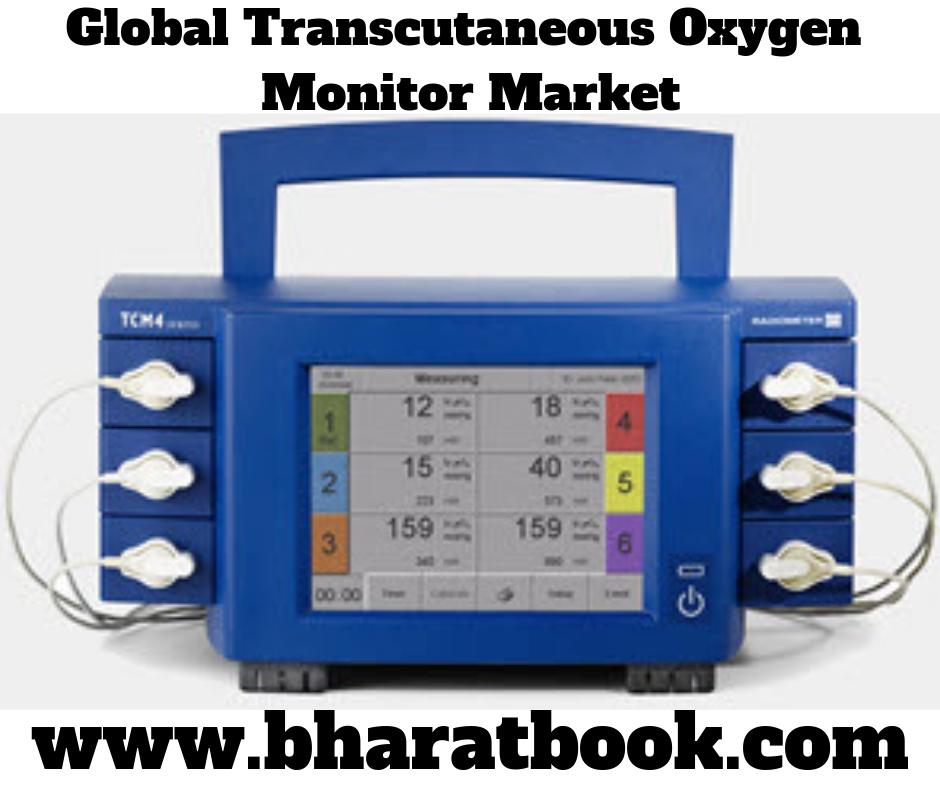The need for skilled healthcare workers is increasing in proportion to the needs of our rapidly aging population. The field of diagnostic medical imaging is one area in which the demand currently is high and is expected to remain so for quite some time. It could be quite worthwhile for those thinking of entering the field of allied healthcare to consider a career in medical diagnostic imaging. linkedin.com
Diagnostic imaging is a catch all description that encompasses a number of allied healthcare specialties related to the imaging sciences. The three primary fields we will discuss are radiologic technology, ultrasound technology, and nuclear medicine technology.
Radiologic technology, more commonly known as x-ray technology, is perhaps the largest of diagnostic imaging fields. The radiologic technologist is the individual responsible for taking x-rays in hospital, office, and clinical settings. The training program for an x-ray technologist is usually 2-4 years, and will lead to either a bachelors or associates degree. Programs are offered through colleges and universites, some hospitals, and the military. Once certified, the radiologic technologist can further advance their career options through advanced training in a number of specialty areas. Among them are MRI, Cat Scan, mammography, and interventional radiology.
Nuclear medicine involves the use of radioactive materials within the body to produce images used in the diagnosis and treatment of disease. Nuclear medicine technologists are responsible for preparation of radioisotopes and operation of the nuclear medicine camera. The majority of nuclear medicine technologists are employed by hospitals, with a smaller number employed by imaging centers and cardiology offices. The training period for this imaging specialty is usually 2-4 years. One year certificate programs are available for those who already possess a degree in a related imaging field.
Ultrasound is the science of producing diagnostic medical images through the use of sound waves. Diagnostic Medical Sonographers, are responsible for the operation of the the equipment to produce these images. The training period for sonographers is usually 2-4 years at colleges and universities, with one year certificate programs available for those with related healthcare training. Sonographers may find employment at hospitals, private offices, and free standing imaging centers. A number of specialty areas are available for sonographers with advanced training. Among them are ob-gyn, cardiology, breast sonography, and neurosonography.
Imaging technologists must successfully complete certification examinations in their related specialties in order to certify their competency and compete in the job market. Many states also have separate licensure requirements for radiologic technologists and nuclear medicine technologists.




